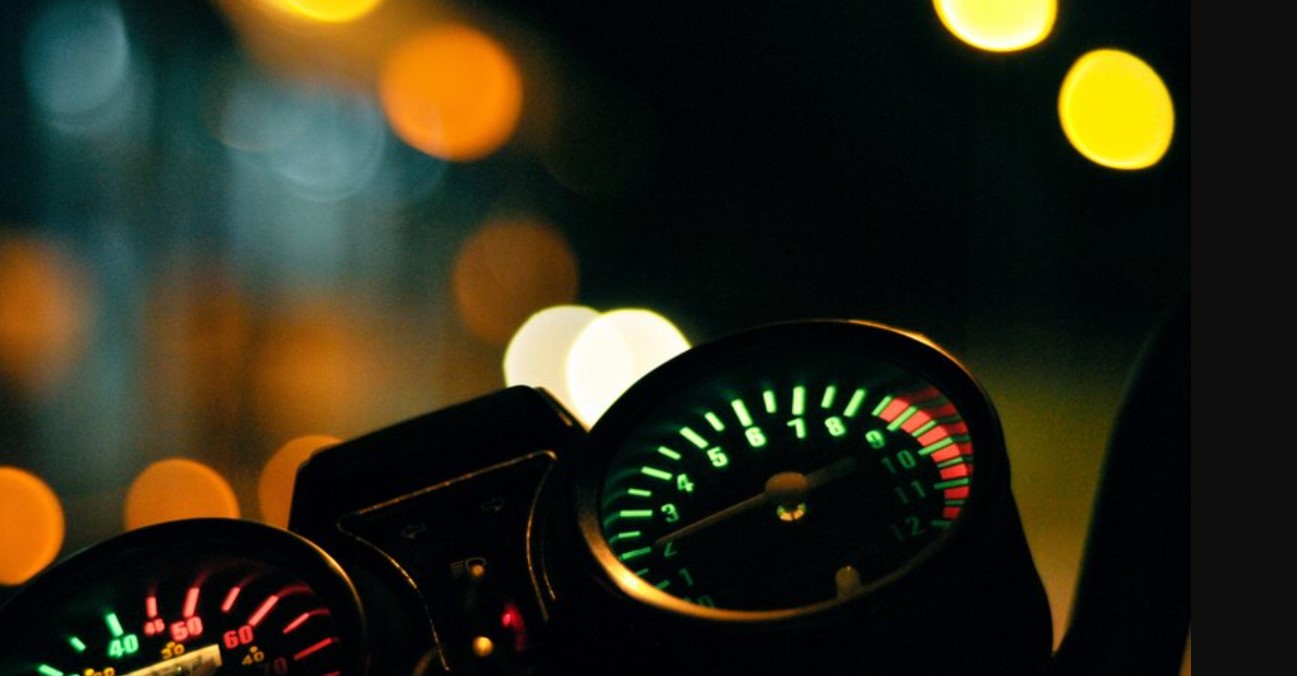The Sounds of Speed and Survival
Formula 1 is one of the fastest and most thrilling sports in the world. But while most people watch the incredible speeds and see the excitement on the track, there’s another side to the race that most fans never hear. Inside the cockpit, F1 drivers experience a symphony of sounds that play a huge role in their performance and survival. In this article, we’re going to explore what drivers hear as they zoom around the track at over 300 km/h. It’s not just the roar of the engine, but much more than that.
F1 drivers operate in a variety of environments, each with their own sounds. Whether they’re speeding through the narrow streets of the Monaco Grand Prix, surrounded by luxury yachts in the harbor, or zipping between the skyscrapers and modern buildings of the Texas Grand Prix, the sounds they hear in the cockpit help them navigate these varied tracks. From the heat of desert climates to the unpredictable weather of European races, drivers adapt to these changing conditions, all while staying focused and driving at breakneck speeds.
The Roar of the Engine
Imagine you’re sitting in a small, enclosed space, surrounded by the sound of an engine that’s screaming at you at over 15,000 revolutions per minute. That’s the engine in an F1 car. The noise is deafening. The power behind it is almost overwhelming. For drivers, it’s not just noise, it’s the heartbeat of the car.
This sound gives the driver important information about the car’s performance. If the engine begins to sound different or if it’s losing power, they can sense that something is wrong. But the noise is also a challenge because it’s so loud that the driver can hardly hear anything else. That’s where the team radio comes in.
The Team Radio: Lifeline in the Noise
Amidst the roar of the engine, the F1 driver’s team communicates with them through the radio. The team radio is one of the most critical tools during a race. It allows the team to give instructions, updates on lap times, and strategies, all while the driver is racing at breakneck speeds. But what does the driver hear when the team is talking to them?
In moments of high pressure, team members must keep their messages short and clear. Phrases like “box, box” (meaning the driver should come into the pits) or “push now” are commonly heard. The radio allows the driver to know when to take action without having to look at screens or read complex data.
However, even though the radio is there to guide the driver, it can sometimes be hard to hear with the loud engine noise. The drivers wear special earphones or headsets to help block out the external noise, but it’s still a challenge to hear everything clearly during a race.
The Sounds of the Track: Tires and Gears
When driving at high speeds, the noise of the tires against the track surface is also important. Drivers can hear the screeching of the tires when they push too hard into a corner or the whine of the gearbox when shifting between speeds. These sounds help them understand how the car is handling and whether they need to make adjustments. A driver might hear the tires losing grip, signaling that they need to ease off the throttle or make the next turn more carefully.
The feedback from the car is continuous. Every sound from the tires, engine, and even the gear shifts gives the driver a clue about how the car is behaving. With years of experience, drivers learn to understand these sounds instinctively, allowing them to react without thinking about it too much.
The Pit Crew and the Crowd
On top of the engine and tire noises, drivers also hear the sounds of the pit crew. While the driver is on the track, the team is constantly updating them on lap times, tire choices, and any changes happening around the race. These messages can be crucial in deciding whether a driver needs to change strategy.
Outside the car, there’s the noise of the fans cheering in the stands. However, F1 cars are so fast that by the time a driver gets close to the pit entrance, they may only catch a faint echo of the crowd. The cheers, the jeers, and the sounds of excitement from thousands of fans add to the atmosphere of the race but are not as immediately important to the driver’s focus.
The Silence Between the Chaos
While there’s a lot of noise in the cockpit, there are moments of near silence. When the car is in a straight line and the engine noise dies down slightly, the driver might feel a brief moment of calm. This silence allows them to focus and think clearly. These moments are precious, as they help drivers recharge for the next turn or pit stop.
Interestingly, during the high-speed parts of the race, the driver’s mind is still processing all the information that’s coming in from the sounds around them. Their brain is continuously adapting to the noise of the engine, the feedback from the tires, and the guidance from the team radio. The ability to stay calm and focused in such a noisy and chaotic environment is one of the reasons why F1 drivers are considered some of the best in the world.
How Drivers Block Out the Chaos
Because F1 drivers are constantly surrounded by noise, they’ve learned techniques to help them stay focused. Their training includes exercises to improve concentration and the ability to tune out distractions. During a race, they may even use the radio to block out unnecessary noise. They focus only on the most important messages, which helps them avoid feeling overwhelmed.
In addition to the team radio, F1 drivers also rely on their instinct and experience. Over time, they’ve learned how to interpret the sounds coming from the car, and they know when to push harder and when to ease off. It’s a skill that takes years of practice and a deep understanding of the car and the track.
The Final Thought: Surviving the Speed
The sounds that F1 drivers hear are not just about performance; they also play a vital role in their survival. The deafening noise of the engine, the shriek of the tires, and the voices of their team all work together to keep the driver safe and informed. It’s a world of constant noise and pressure, but within that chaos, drivers manage to thrive. They listen, adapt, and perform at the highest level, all while surrounded by the sounds of speed and survival.










